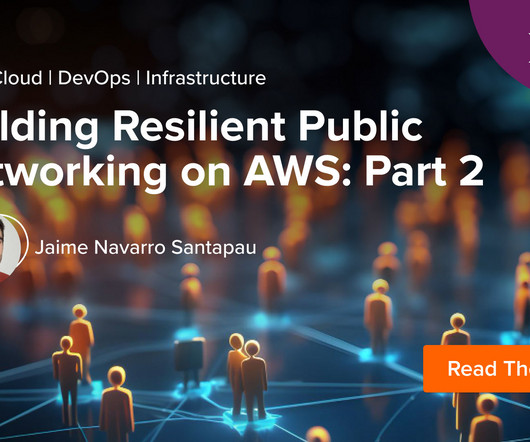Building Resilient Public Networking on AWS: Part 2
Xebia
JANUARY 18, 2024
Fargate Cluster: Establishes the Elastic Container Service (ECS) in AWS, providing a scalable and serverless container execution environment. This modular structure promotes flexibility and better aligns with continuous integration and continuous deployment (CI/CD) practices.
























Let's personalize your content